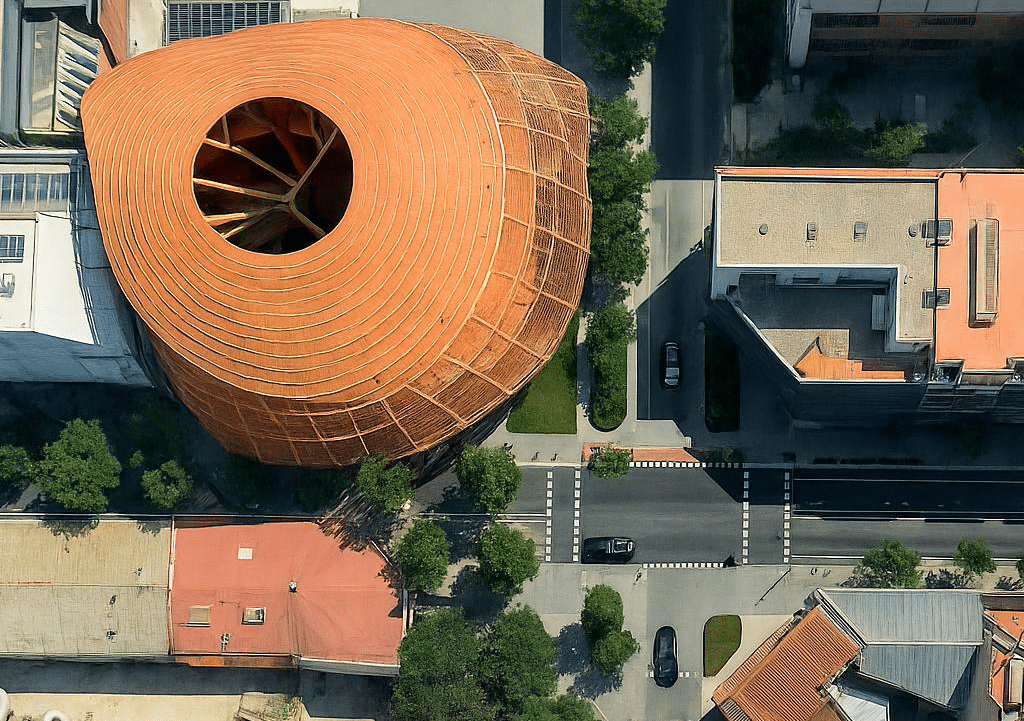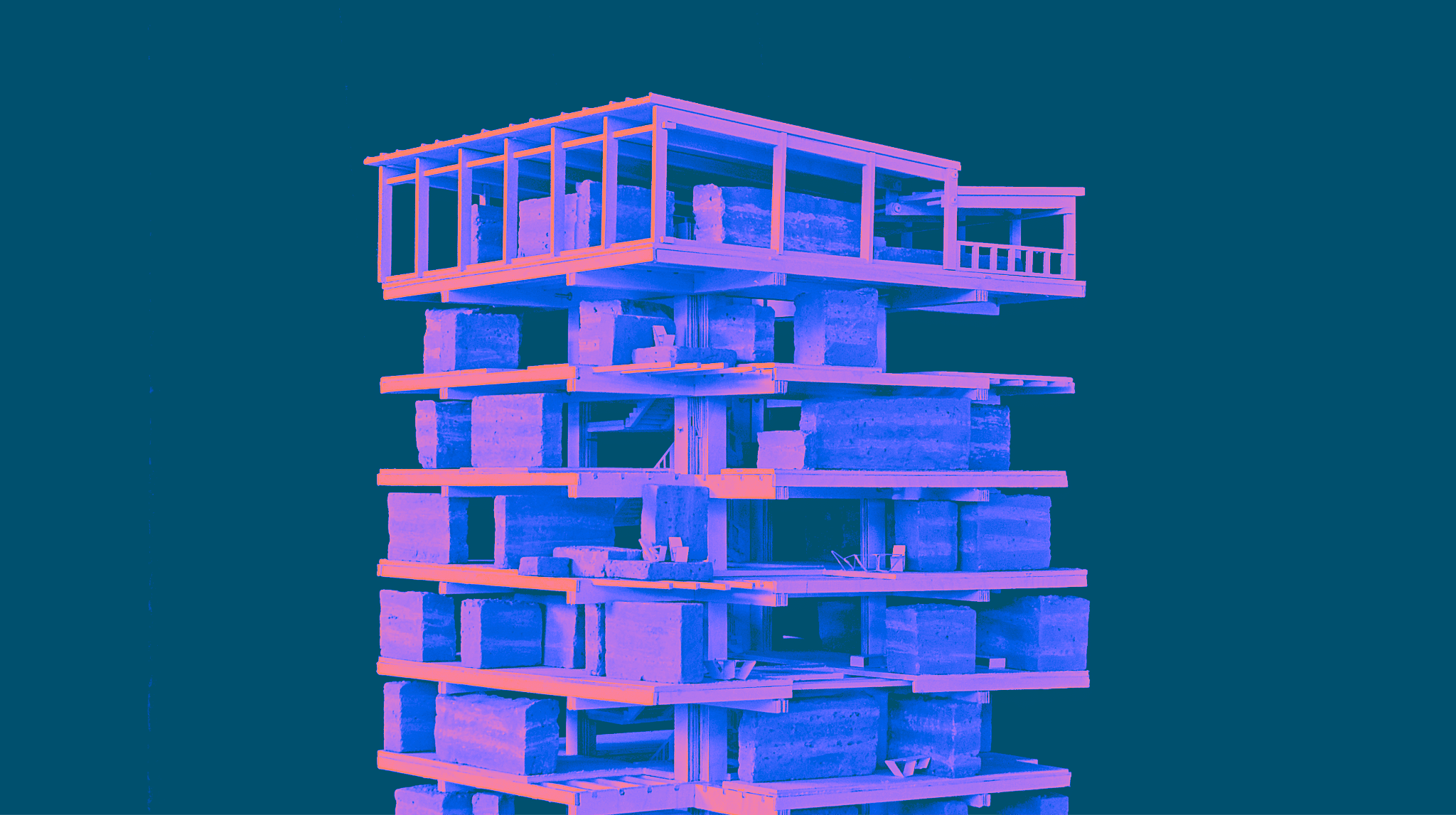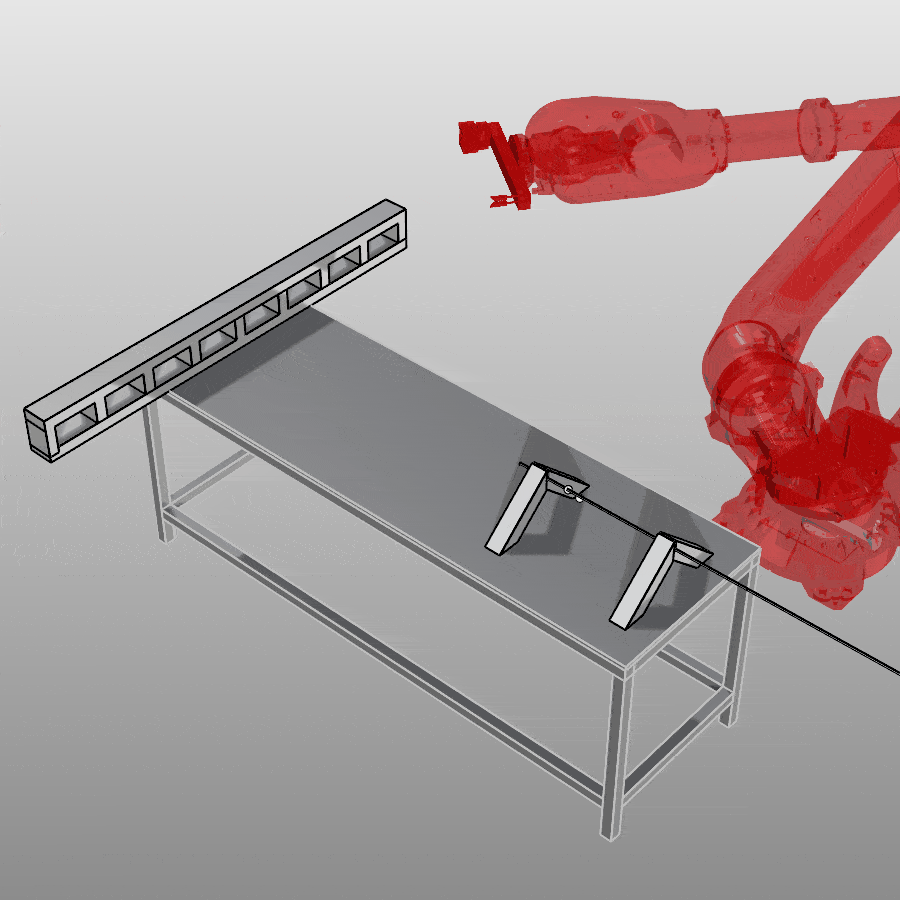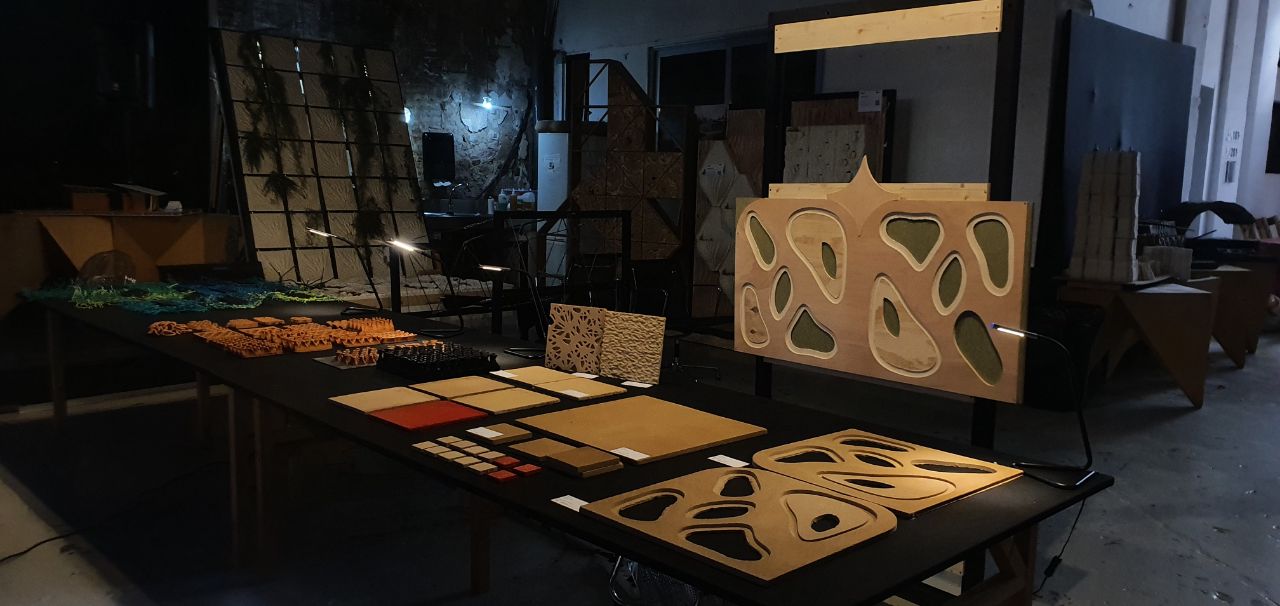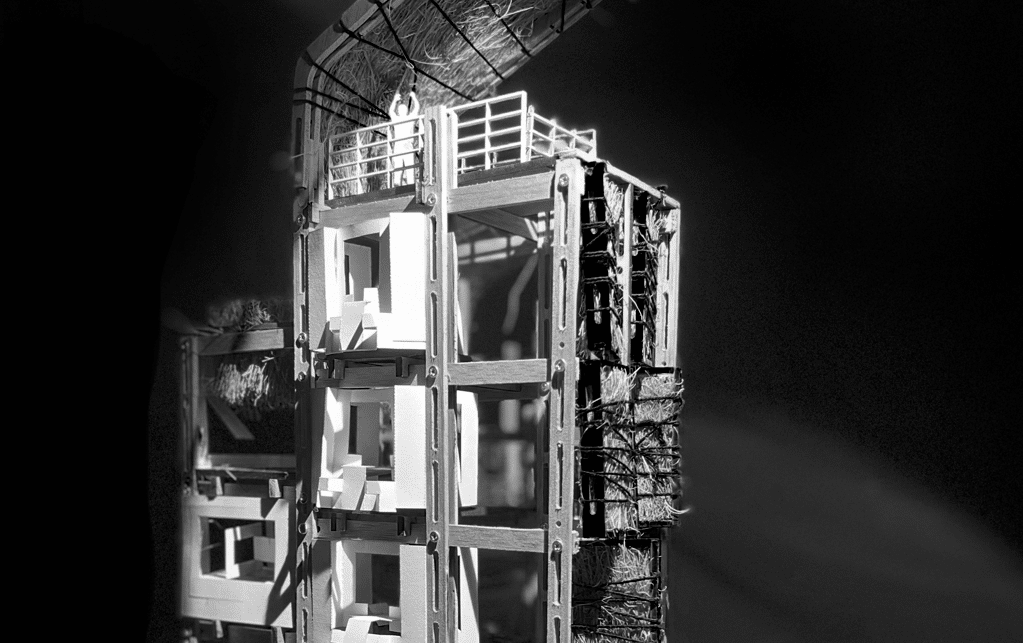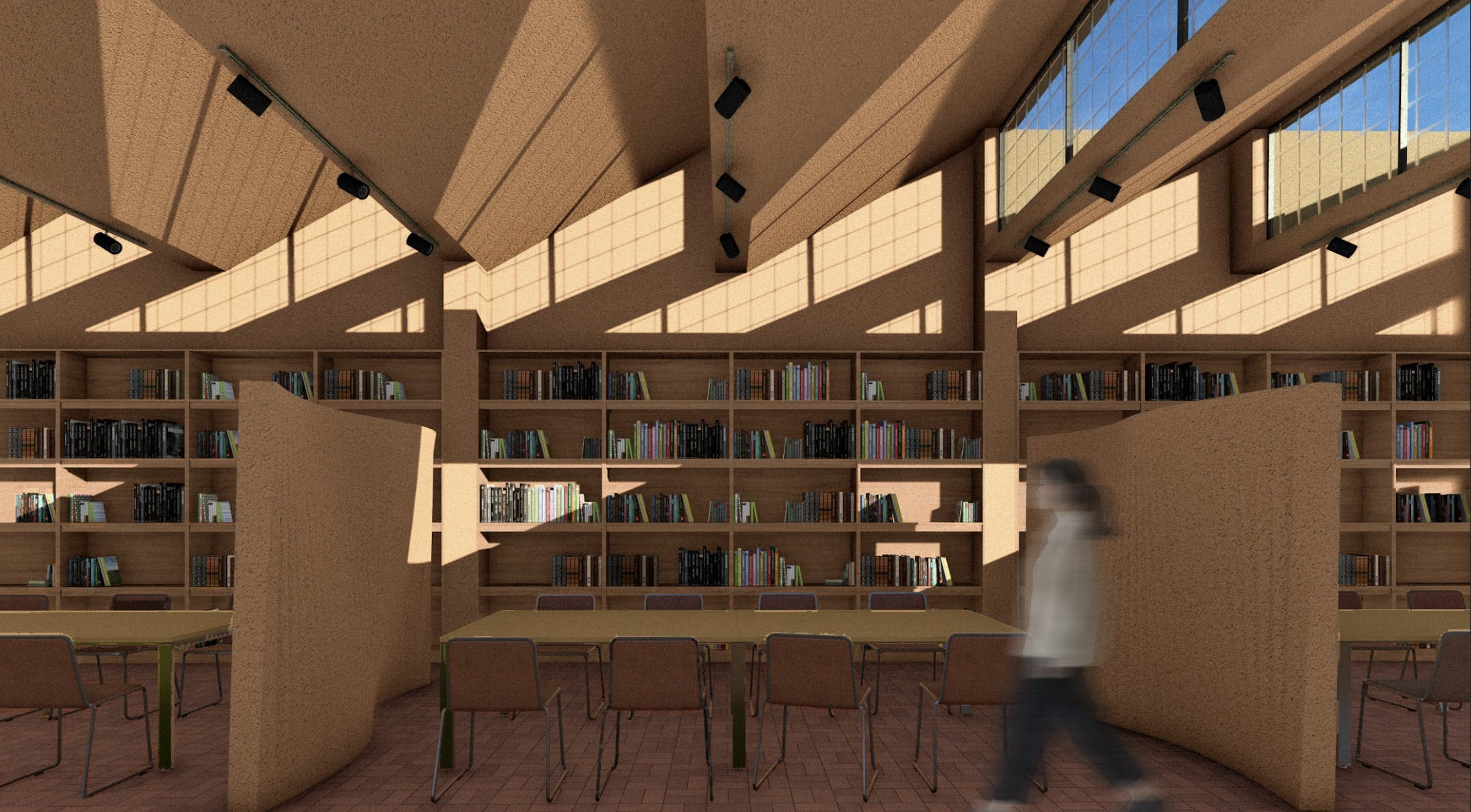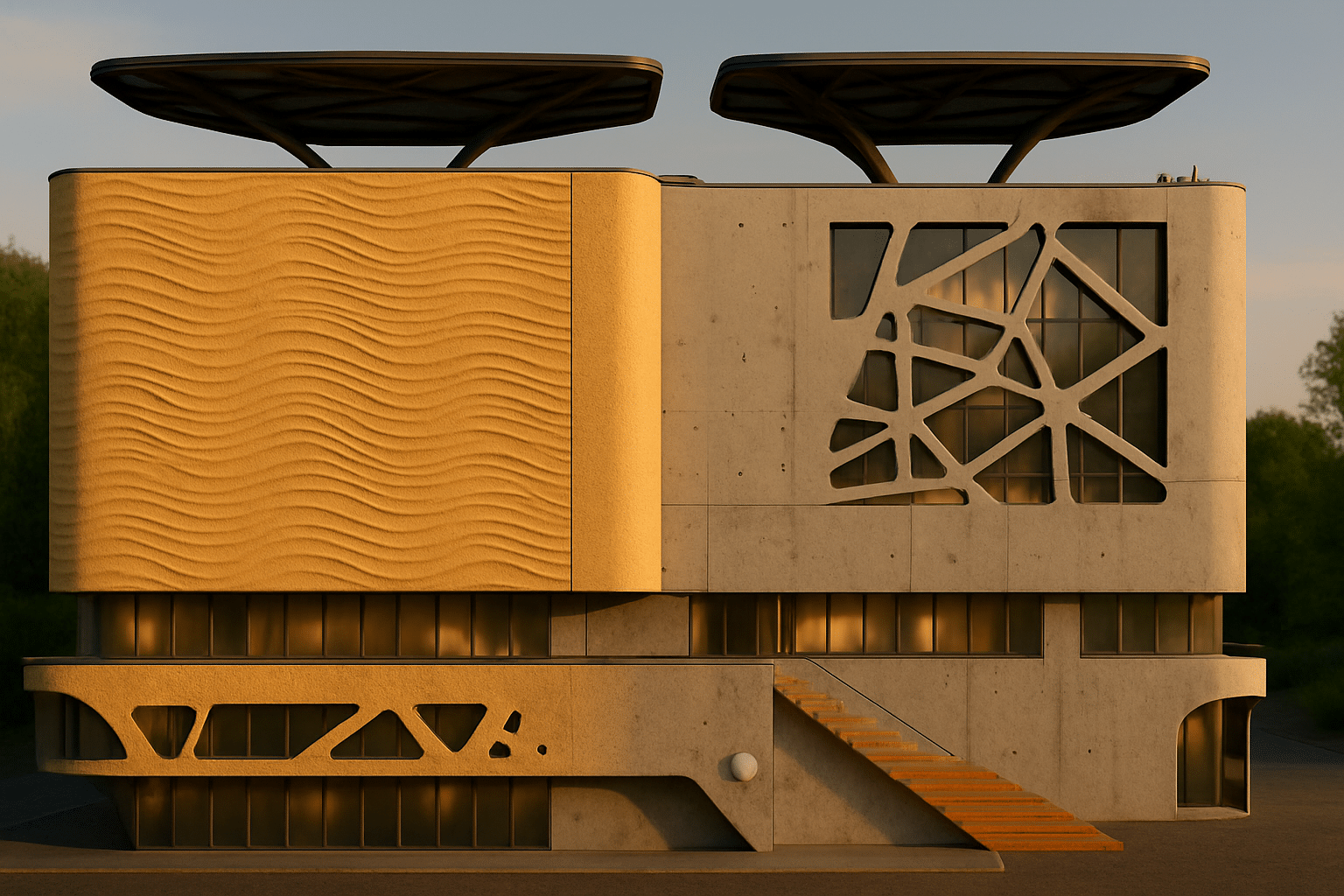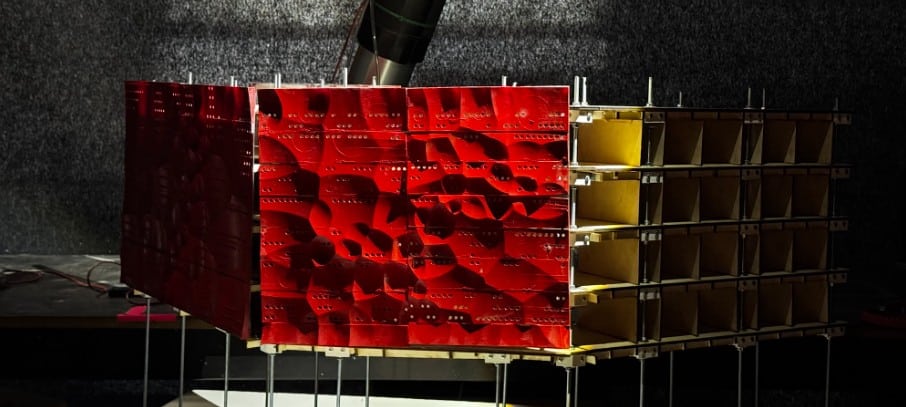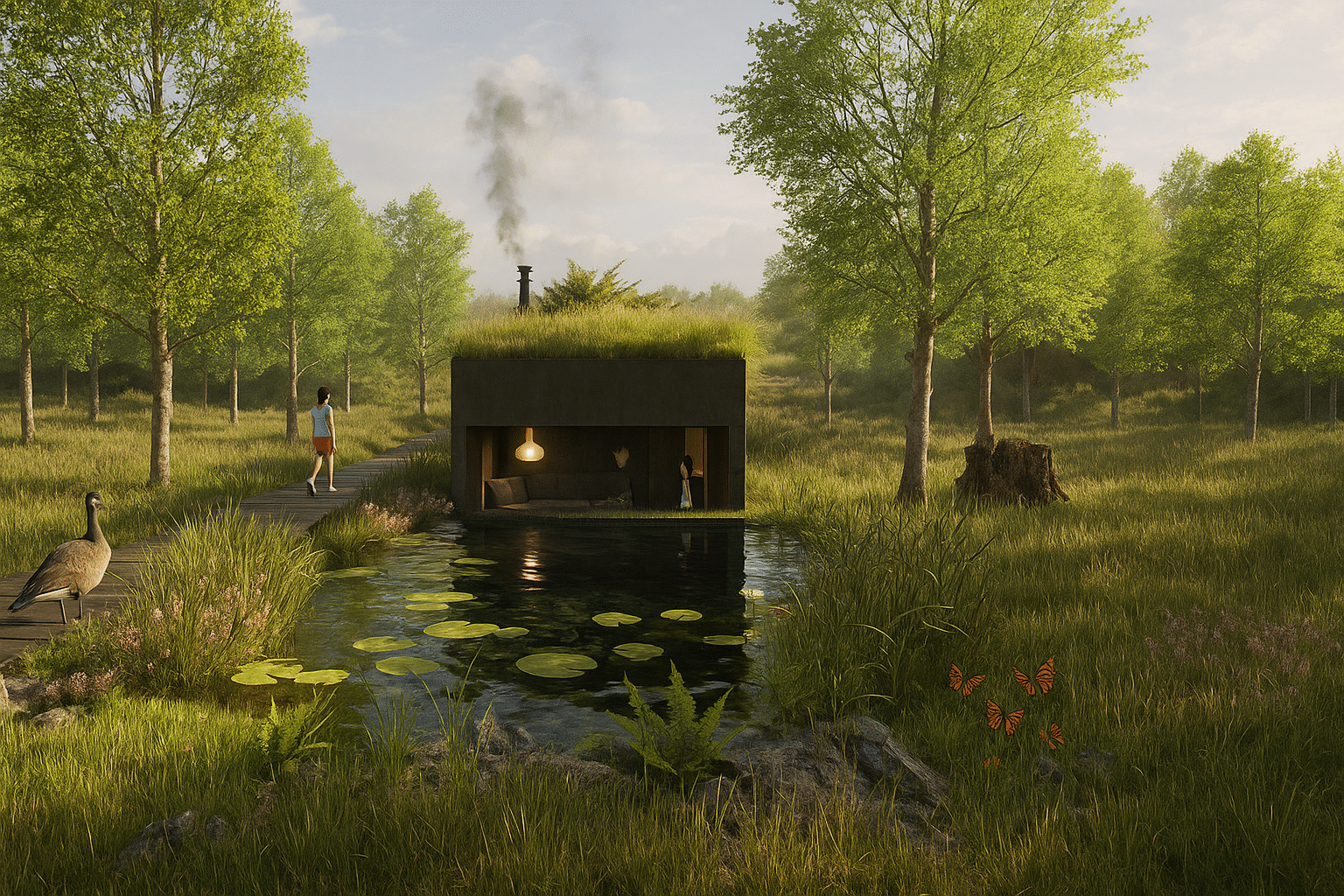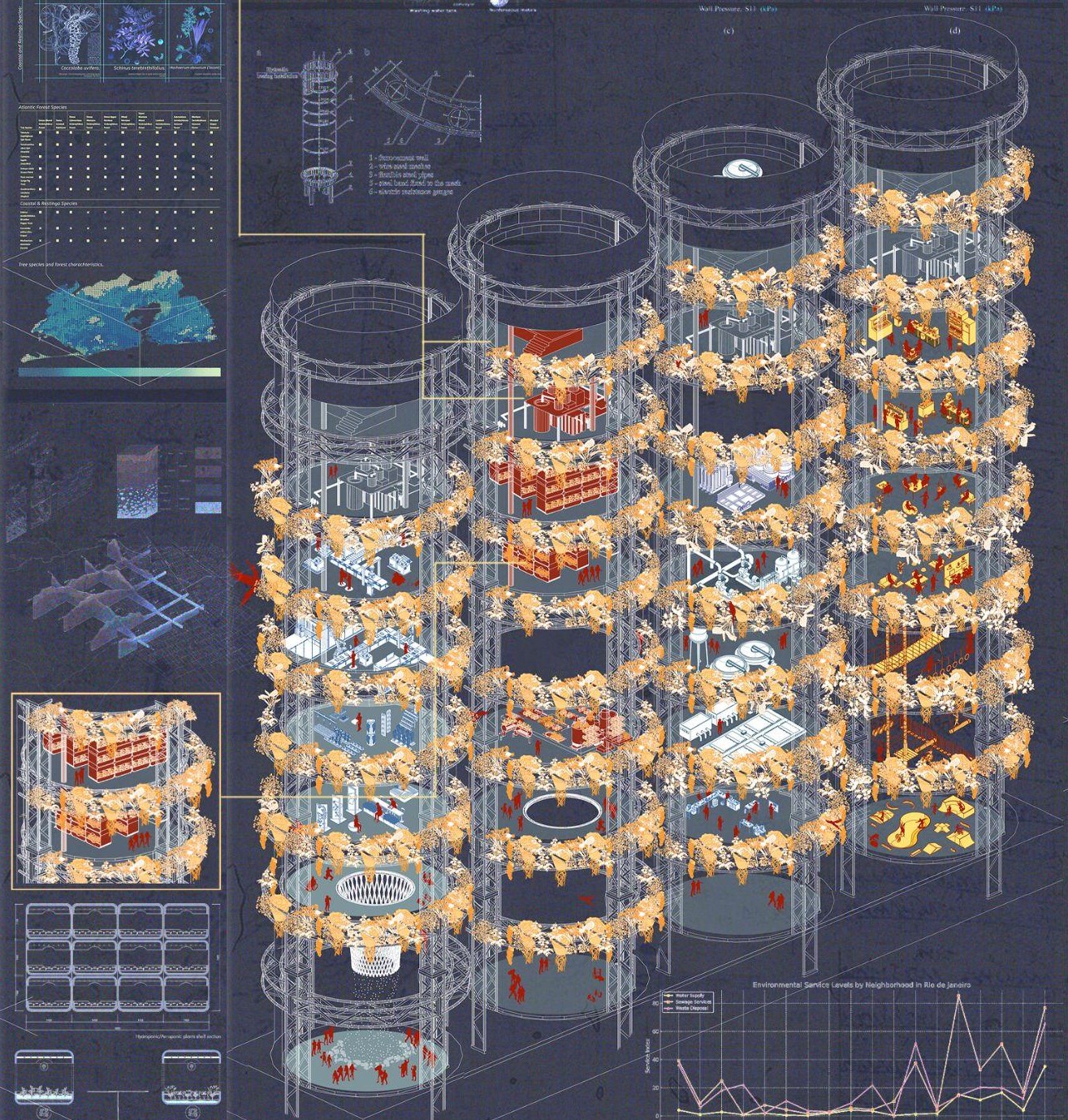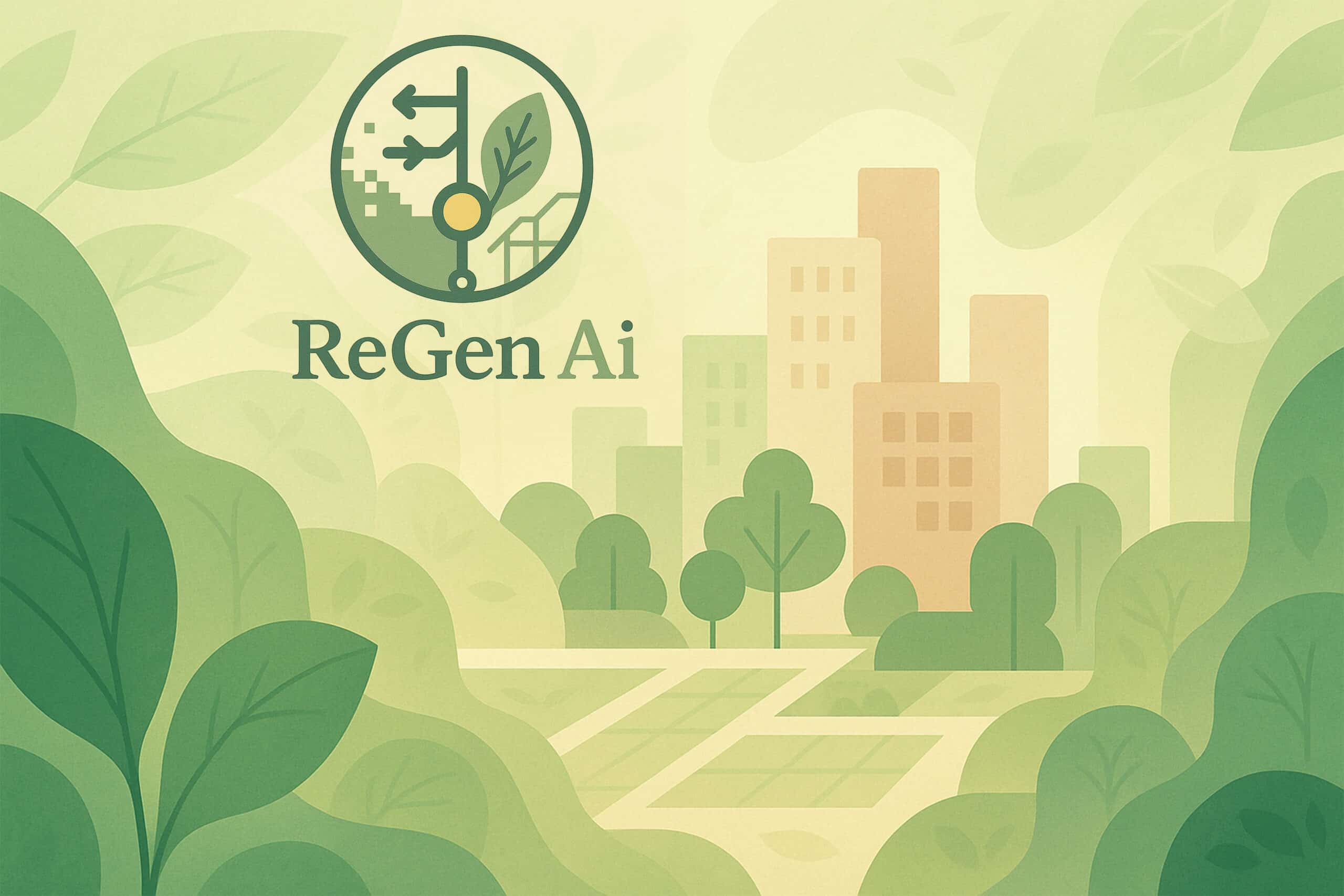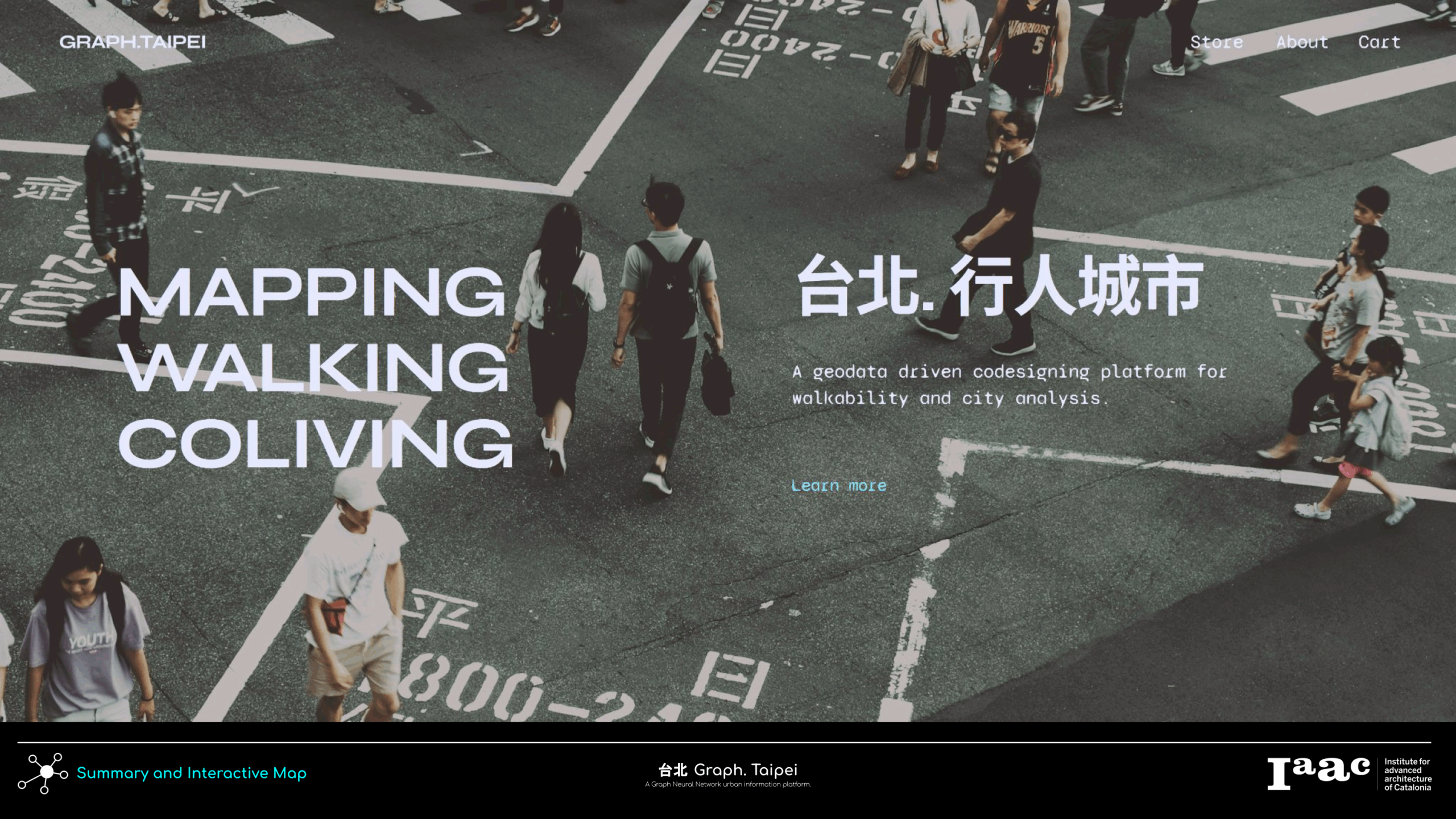The MAA is a visionary master program with an innovative and open structure, mixing diverse disciplines, shaping professionals capable of producing theoretical & practical solutions towards responsive cities, architecture & technology.
THE TERRACOTTA LUNG – Breathing comfort through clay.
Introduction This project explores a double landscape approach, bridging a student accommodation in the city with an ecological extraction site in the Collserola foothills. It establishes a material and climatic dialogue between the two contexts: one as a site of inhabitation, the other as a site of making. At its core is a breathing terracotta … Read more
Tierra Tower
Tierra Tower is a student housing project shaped by climate and material. Using earth sourced directly from site, it creates a vertical sequence of spaces that adapt to seasonal change and personal comfort. Thick earthen walls absorb and release heat, guiding movement through warm and cool zones. The building responds passively—through texture, temperature, and atmosphere—to … Read more
Play Mumbai
“A Digital Tool that facilitates Self-Redevelopment in Mumbai through the Participatory Development Method [PDM] and Decentralized Autonomous Organizations [DAOs] to Reduce Ecological Footprint[EP]. ”
(re)BAR – robotic bending of reinforcement steel bars for structural reuse.
OBJECTIVE. streamlining circularity The initial investigation began with selecting a material or trade relevant to Barcelona. Barcelona’s scrap metal trade offers a readily available supply of materials with scrap metal being collected just blocks from the institution. Our initial investigation began with identify costs, consistency and availabilty of various types of scrap metal. After World … Read more
Alkrete
Chitosan-Based Geopolymers for Acid Neutralization in Urban and Coastal Ecosystems Acidity shows up in our environment in different ways: as acid rain in cities and forests, acidified soils near industrial and agricultural areas, and even in the oceans due to rising CO₂ absorption. These are often treated as separate problems, however they’re not isolated phenomena. … Read more
Bio-Build/ final 3rd Term
From Farm to Form It’s estimated that around the world we could create up to 2 billion tones of agricultural waste each year. The EU produces 700 million tones of agricultural waste annually The key point I want to emphasize here is the upcycling of rice husks to unlock greater value. While converting rice husks … Read more
HYGROHOUSE
Self Sufficient Buildings The project investigates esparto grass as a natural humidity moderator within urban student housing. By analyzing its hygroscopic response and recording relative humidity variations, a passive air filtration system is developed. Anchored in a double landscape strategy, the design links material cultivation, extraction, and environmental performance across urban and ecological contexts. Carrer de … Read more
KINXA | The future built with tradition
Vernacular architecture has steadily lost relevance in contemporary practice. Industrialized construction methods, aesthetic shifts, and the pursuit of perceived reliability in materials like concrete and steel have overshadowed traditional techniques. However, these modern materials often come at a high environmental cost. Among the overlooked methods is quincha, a construction technique common in Latin America. It … Read more
Re- Rio Infrastructural Justice
Re-Rio is a vision to bring dignity, connection, and opportunity to the Gradim fishing community in Rio de Janeiro. Faced with poor infrastructure and social neglect, this project reimagines housing and public space through sustainable, affordable, and flexible design. It creates cool, breathable homes, shared learning spaces, and eco-tourism paths that celebrate local culture. By … Read more
RINOVA
Raw | Refined | Revolutionary Rinova aims to look at something often thrown away, “agricultural waste,” and see the future of construction. With our planet facing so many challenges, and traditional construction methods often having a major impact, we are excited to introduce a fresh, sustainable approach.We’re taking rice husk and transforming it into incredible, … Read more
Portfolio Enhancer
Our portfolios are dynamic records that show not only our completed projects but also the changing methods styles and visual languages we use as designers and architects. However as visualization trends change—from stylized schematics to photorealistic renderings—our older images may begin to seem out of place. With the Portfolio Enhancer a proof-of-concept interface that uses … Read more
The Palace of Trash
This project reclaims abandoned silos in Rio de Janeiro as neighborhood-scale infrastructures for ecological justice. It builds a circular system where waste is not only recycled, but revalued through community collaboration. Organic and material waste become part of urban greening and pollination strategies, empowering catadores and youth as co-creators. Through reuse, education, and biodiversity enhancement, … Read more
ReGen.Ai
ReGen.Ai is a data-driven design project that reconnects fragmented urban green spaces in Bangalore through multifunctional green corridors, using AI tools to guide nature-based, regenerative urban transformation.
Graph. Taipei 台北
Graph. Taipei is a Graph Neural Networks (GNN) based platform that allows users to exam the walkability of the city. Research Question As the capital of Taiwan, Taipei holds around 2 million residents and is considered as a developed modern city. However, poor street design and car-centric city layout, it is also known as a … Read more


